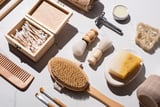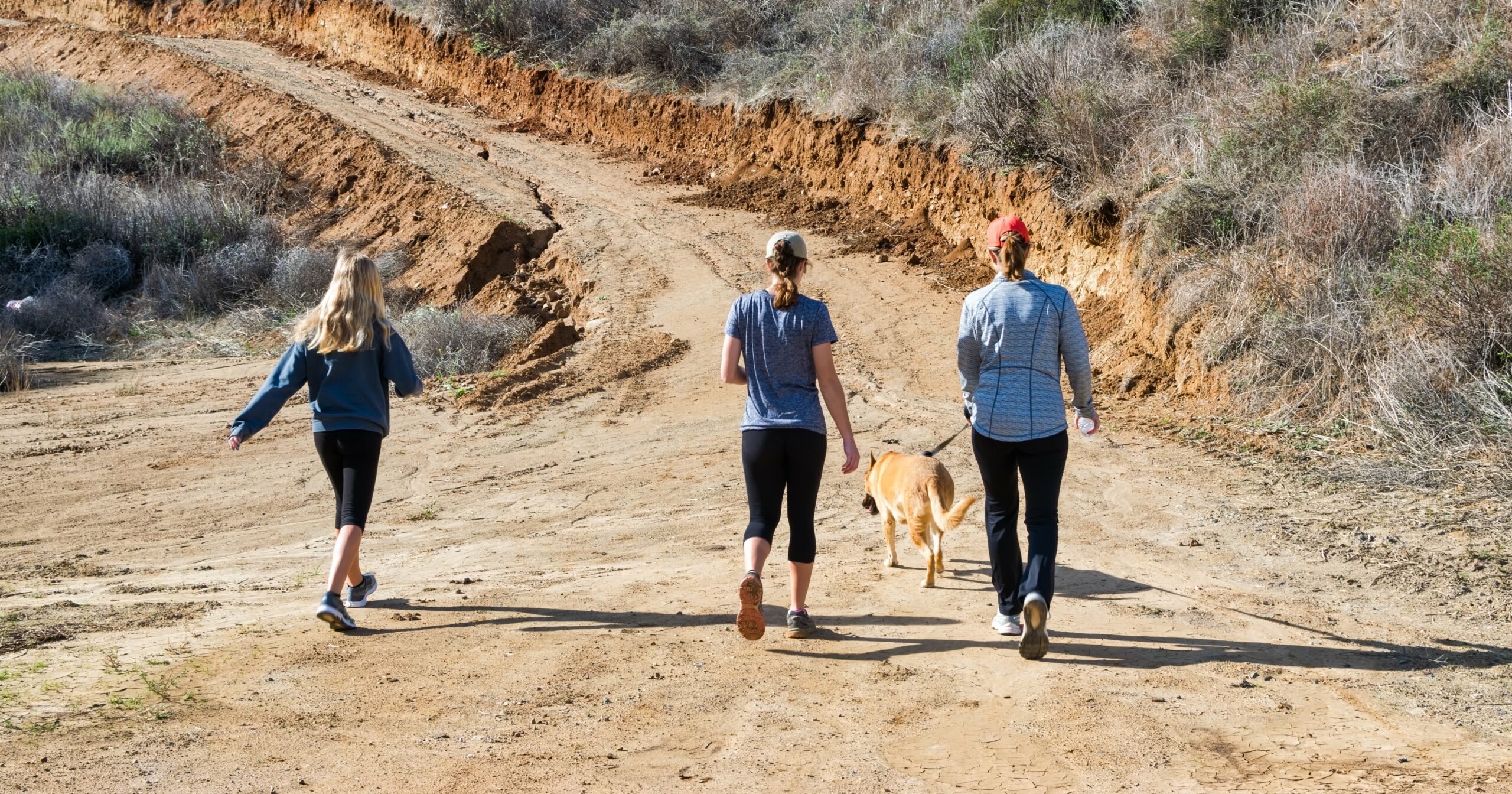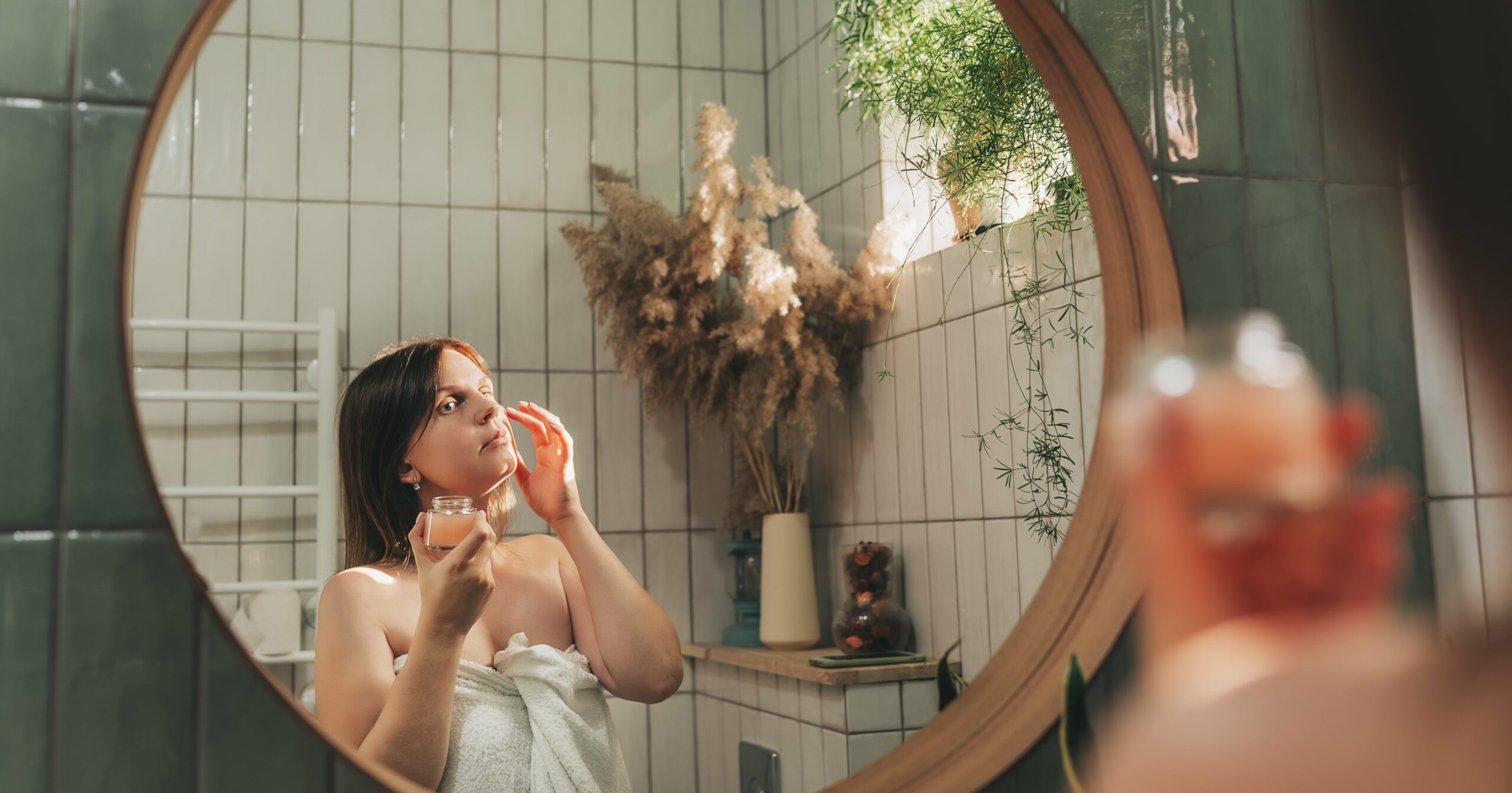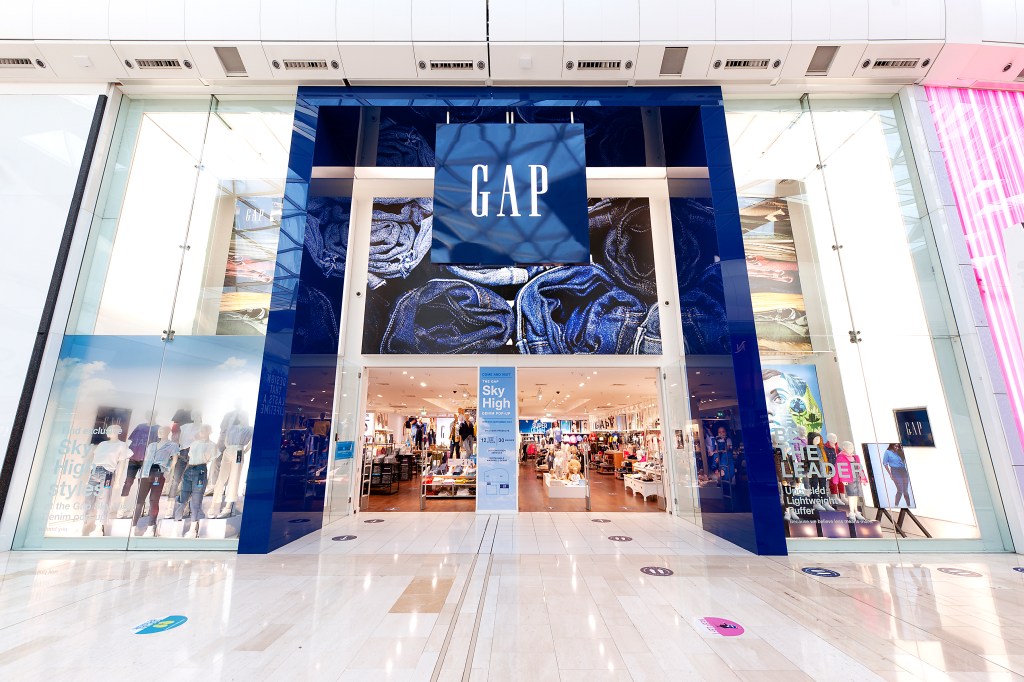Beauty consumers are becoming increasingly aware of the ingredients in their go-to products, as well as the effects those products and their packaging might have on the environment. Over the last few years, countless buzzwords under the sustainable-beauty umbrella – think: “zero-waste,” “upcycled,” “waterless,” “clean,” and “eco-friendly,” just to name a few – have been used by beauty brands to address people’s demands for more conscientious options. But because the Food and Drug Administration doesn’t regulate these terms in the context of cosmetics labeling and ingredients, it can be hard to understand what they all really mean.
Now, as experts make greater attempts to stop the spread of misinformation (and as more of the aforementioned terms are written off as being fearmongering marketing jargon), the world of sustainable beauty has gained a reputation for being quite complicated and difficult to decipher. To cut through all the noise, we’ve put together a breakdown of the most commonly used terms and phrases.
Keep reading for a guide to every sustainable beauty buzzword out there and exactly what each one means.
“Zero-Waste” Beauty
According to Ashlene Nand, who founded zero-waste beauty brand Vaycay Beauty, this term can be defined in a handful of ways. “Generally, what I look for as a consumer and beauty founder are products that aren’t contributing to our landfill crisis,” she tells PS. “The less waste you have to throw out, the better. Aside from cardboard, which is generally compostable and biodegradable, many zero-waste beauty products use reusable tins or glass mason jars to hold the actual product instead of plastic.”
As stated in a 2015 Euromonitor report, the beauty industry produces over 120 billion units of packaging a year, which makes the idea of switching to a zero-waste routine sound slightly intimidating. Most people might think this would call for a complete overhaul of your beauty routine, but even the smallest changes can make a difference. “Similar to the approach of eating one vegan meal a day, if we try to switch out two or more of our core products, collectively, we can make a difference to our planet,” Nand says.
Additionally, a handful of companies have popped up in recent years with zero-waste missions and others that offer incentives for customers to recycle and drop off empty packaging.
“Waterless” Beauty
Waterless beauty products are exactly what they sound like: formulas that don’t include water. There are a handful of reasons a brand may choose to release a product free of this valuable resource, a major one being that it helps minimize the use of plastic packaging (of which there’s something like 42.1 billion bottles used to ship products of mostly water).
According to a 2021 Whole Foods trend report, “When a product isn’t in liquid form, brands can use materials, like recyclable boxes or metal tins. The product is generally smaller, reducing the amount of packaging and the shipping weight too. So expect to see shampoo and conditioner bars that leave hair fresh and clean with less packaging and toothpaste tablets that whiten, brush away plaque and do good for the environment.”
To add to that, products that only feature key ingredients are often more efficacious. “Most skin-care formulas are roughly 70 to 80 percent water, so if you remove the water, then you are left with mainly your active ingredients, which are going to have a greater impact on your skin,” says Shea Amiruddin, Heyday’s director of skin education. “This also means less filler [ingredients] and sometimes even preservatives so your products are just full of the good stuff that will change and treat your skin.”
“Upcycled” or “Circular” Beauty
Brands are now beginning to repurpose would-be food waste into skin-care products. According to the Whole Foods trend report, this includes “coffee grounds, discarded apricot stones, leftover argan shells,” and other food waste that might otherwise get discarded being upcycled and making their way into beauty products. This term can also refer to packaging that gets recycled to become a new beauty product (either from the same brand or otherwise), which brings the use of plastic “full circle.”
“PCR” or “Post-Consumer Plastics”
Post-consumer recycled plastics (or PCR) are materials made out of recycled everyday items. The difference between these products and recyclable beauty products is that PCR material can’t be recycled again since it’s already made from recycled materials. Several brands are jumping on the PCR train since investing in this type of packaging helps to reduce a company’s carbon footprint.
“Fair Trade”
Fair trade is when workers in developing countries are paid fair prices for their products by those in developed countries, ensuring the sellers can create their goods sustainably and pay those who work for them fair wages. It essentially means paying enough for goods and services so those who provide those goods are making enough money to live comfortably in their respective countries. For a company to be fair-trade-certified, it also must be able to ensure its employees are working under safe and healthy conditions.
An example of a popular fair-trade beauty brand is Alaffia, which sells products like unrefined shea butter and African black soap that are handcrafted by women’s cooperatives in Africa using traditional methods before being finished at the company’s US headquarters in Olympia, WA. Once the products are sold, the proceeds are immediately returned to Togo, founder Olowo-n’djo Tchala’s home country, to help fund a number of initiatives like maternal health, education, reforestation, and sustainability. The goal is to alleviate poverty, encourage gender equality, and ultimately protect women, whom Tchala said in a previous interview with PS are the backbone of West African communities.




